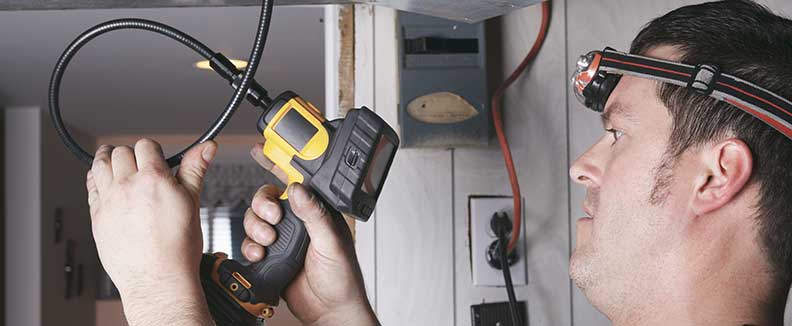HVAC Duct Repair and Insulation
Faulty ducts in a home lead to three problems.
- According to the US Environmental Protection Agency, ductwork that isn’t properly sealed or insulated leads to the loss of 20 to 30 percent of the heat that moves through them in an average home
- When treated air, heated or cooled, is lost, so is indoor comfort because the home might have areas that aren’t adequately reached by the treated air
- A heating and air conditioning system that works harder than necessary is likely to have mechanical problems much sooner than it should
The solution to these common issues is HVAC duct repair that involves sealing gaps, repairing holes and adding air duct insulation to exposed ductwork.
HVAC Duct Repair
The first step is to make sure that the home’s network of ducts is in good condition. Older duct work can become loose through a lack of maintenance or the settling of the home. Corrosion can eventually produce holes in ducts, as can a stray nail. All exposed ducts should be thoroughly inspected on a regular basis. Many HVAC duct professionals can test duct work to determine how much leakage is occurring and where the problems are located, so that effective HVAC duct repair can be made.
HVAC duct repair includes tightening ducts where loose and sealing any gaps using mastic or similar product. Plastic duct tape is not a good choice for ductwork repair.
Most homeowners notice immediate improvement in comfort and climate control, and the repaired ducts produce lower energy bills from the first month. The Energy Star agency recommends working with a professional contractor to improve the condition and performance of ducts and lists as additional benefits:
- Improved indoor air quality
- Decreased release of pollution into the environment
- Reduced risk of back drafting that can draw dangerous exhaust gases such as carbon monoxide into the home through duct work
HVAC Duct Insulation Wrapping
Another home heating and cooling solution that pays for itself quickly is air duct insulation. Ducts that aren’t insulated can waste as much energy as ducts in need of repair.
The top product for reducing energy loss is HVAC duct insulation wrapping. It is available in a range of sizes and styles to customize the insulation solution to the home’s ducts. Foam and fiberglass, which can be backed by foil, are popular types of air duct insulation.
Contact an HVAC professional today about HVAC duct insulation wrapping combined with effective repair of the ductwork that will lead to enhanced comfort along with lower energy use and cost.
